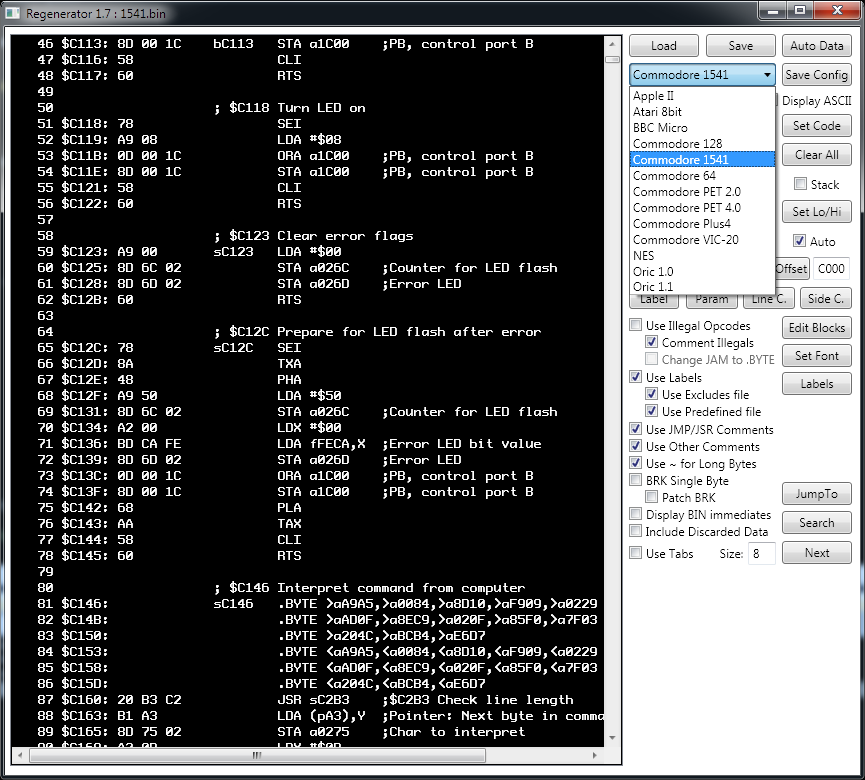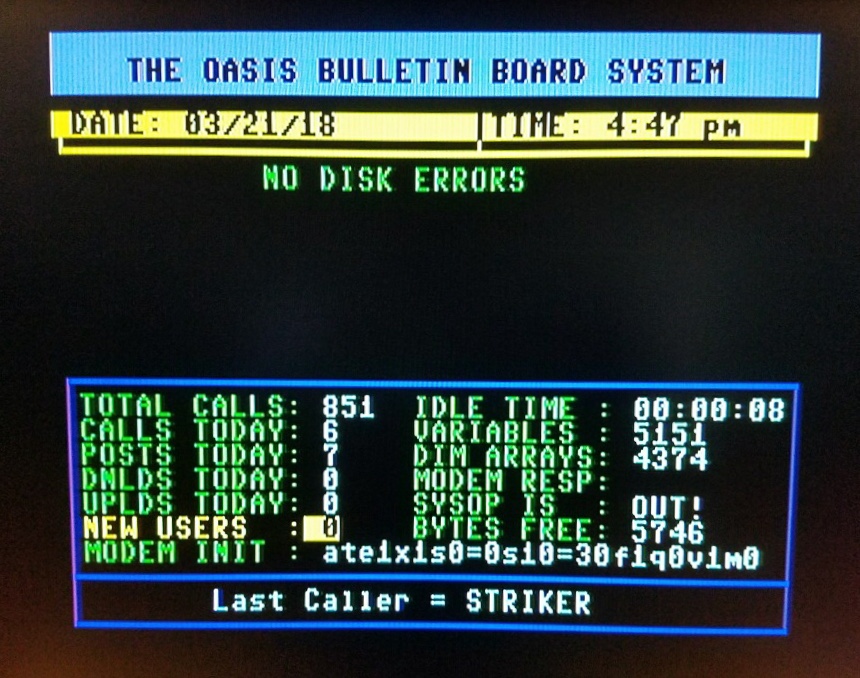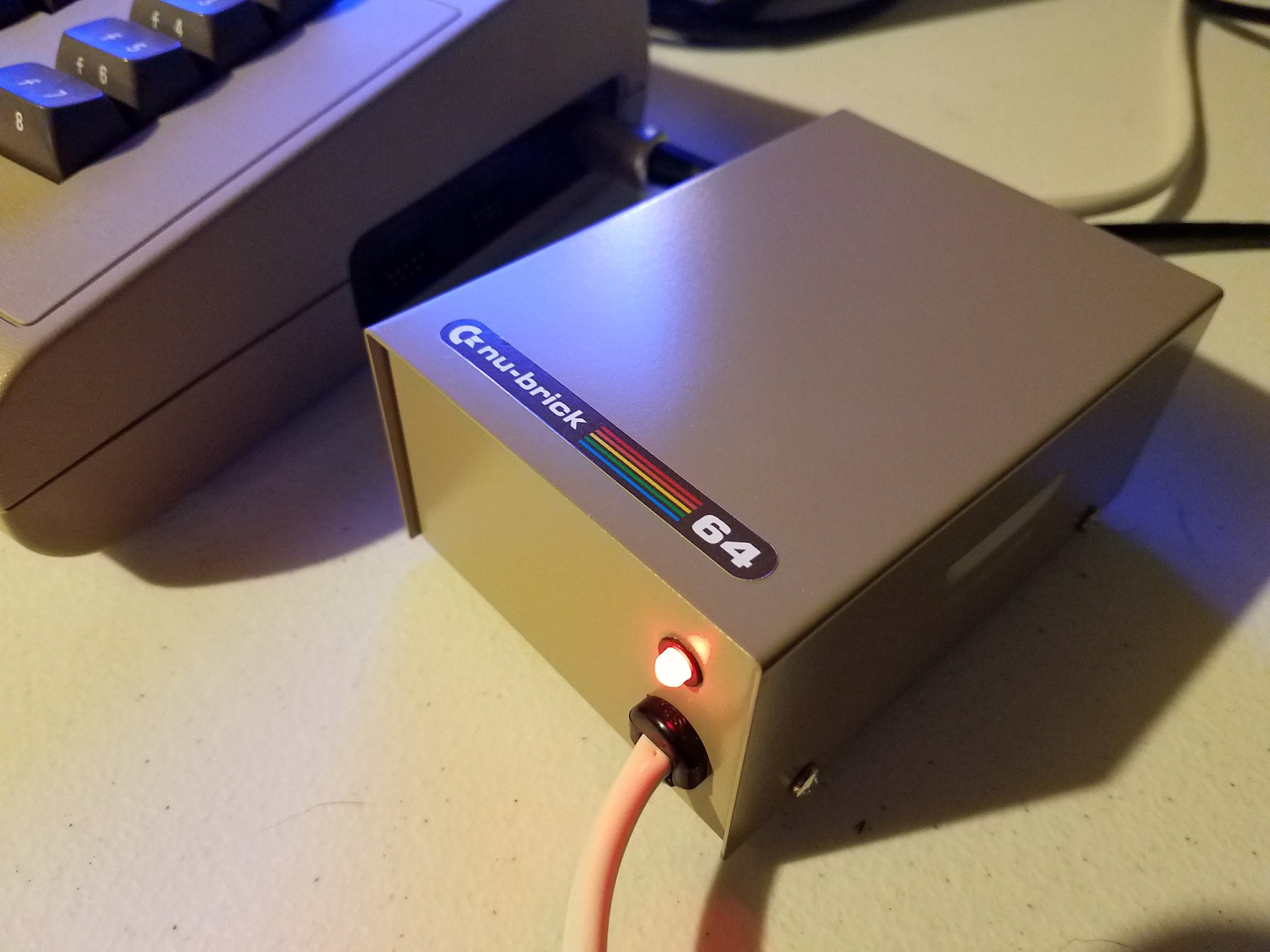The Regenerator C64 Disassembler is back—and this time, it’s had a well-needed compatibility upgrade. This user-friendly tool turns C64 binaries into something humans can read, making it a favorite among programmers who work with .PRG files or VICE snapshots. It’s not just a cold, hard disassembler—it’s interactive, customizable, and smartly presented, offering features to tailor the disassembly for clearer understanding.
What sets Regenerator apart is how it turns raw machine code into a readable and editable format. It gives users the power to modify how code is displayed and interpreted. The disassembly isn’t just dumped on screen—it’s clean, logically segmented, and offers structure where there once was chaos. Programmers diving into old or unknown C64 codebases appreciate how Regenerator helps uncover logic and flow that would otherwise remain buried.
Now Compatible with Modern Systems
Earlier builds of Regenerator required the long-outdated .NET 4.0 framework. Unfortunately, newer Windows systems—especially those with recent versions of Visual Studio—don’t play nice with that version. To fix that, Regenerator now targets .NET 4.8. Users running into compatibility issues can still try the .NET 4.72-compatible build, but if that fails, installing the .NET 4.8 runtime should do the trick.
This small change means Regenerator stays accessible on today’s systems without losing what made it useful in the first place. It’s still lean, still powerful, and now a whole lot easier to launch.
A Reliable Tool for C64 Developers
For C64 coders, hobbyists, or reverse engineers, Regenerator remains a go-to disassembler. It doesn’t try to reinvent the wheel—it just keeps the wheel spinning in 2025. Whether you’re analyzing demos, cracking games (for educational purposes, of course), or learning from retro code, Regenerator offers clarity where there was once only hex.








